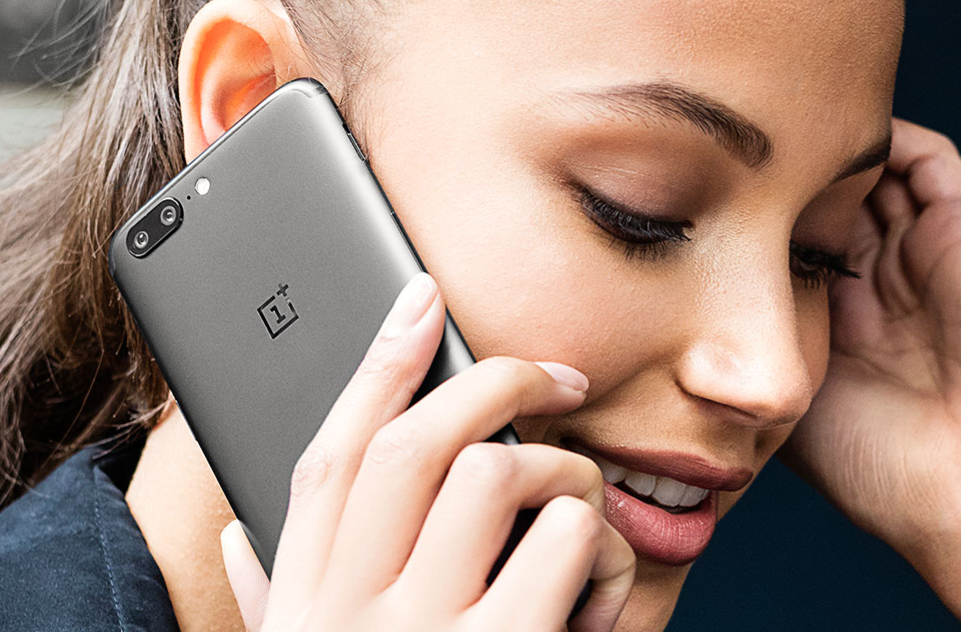Welcome to the New Data Revolution with Glo & Iflix! Enjoy Unbelievable Internet Subscription Rates

The launch of the Glo Data Revolution was done alongside the unveiling of an exclusive partnership with Iflix, the world’s leading entertainment services for emerging markets, which gives the teeming subscribers of the telecoms firm, 60 days of unlimited access to the world’s best television programmes, series, movies, cartoons and more on their devices.
Speaking at the launch of the super-size offer on Monday at the company’s headquarters, Mike Adenuga Towers in Lagos, Globacom’s Regional Director, Planning and Technical, Sanjib Roy said the new offer gives both new and existing subscribers who renew their subscriptions before expiration up to 4GB of data for just N1,000. This 4GB data, for example, translates to about 4,000 pages of web browsing.
In the same vein, the 12.5GB is given for a N2,500 data bundle. This, for instance, could be used for 250 hours of content broadcast. Just as subscribers stand to gain 24GB for N4,000 and a massive 30GB for N5,000. The 30GB for N5,000 can enable the subscriber to enjoy videos for over 600 hours, for instance.
The Globacom top official added that for small plans, new subscribers and those who renew with N100 subscription will have a 90MB bundle; while for N200, they will get 250MB with which they can send 400 emails for example. For N500, the customer gets a whopping 2GB of data, which the subscribers can use to do 10 days of unlimited chatting if need be, Roy explained.
According to him, the new bundle offers are unprecedented and the biggest thing in Nigeria’s telecom history, adding that “never has the subscriber to any network in Nigeria had it so big and so good. All you need to do is get on the Glo data network and stay on by continuing to renew your subscription to enjoy the benefits that give you the unfair advantage over other data users”.
Explaining the Glo-Iflix partnership, which is available on the Glo Café platform, Roy said that beyond giving subscribers of the telecoms firm, 60 days of unlimited access to the world’s best television programmes, series, movies, cartoons and more on their devices, after the 60 days, the Glo subscribers will get access at a specially discounted price of N100 per month only. Subscribers need to send “Buzz” to 105 to access the Iflix service.
Iflix, he reiterated, offers subscribers the most extensive selection of iconic, critically-acclaimed TV series and fan-favourite films both internationally and locally available in the region, including hit titles such as Big Bang Theory, Suits, Flash, Arrow, Hercules, Mission Impossible, as well as highly anticipated Bollywood hits ABCD, Chennai Express, Phantom, and PK. On the local front, Iflix offers such Nollywood titles as Head Gone, Jenifa’s Diary, The visit, Bukas and Joints and much more.
In addition to the above, the company also offers to subscribers who recharge up to N500 and above free YouTube streaming from 1.00 am to 5.30am. YouTube is apopular video-sharingg site that allows users to upload, view, rate, share, add to favorites, report, comment on videos. All the subscriber needs to do is to dial *777# to buy a data plan to activate the services.



